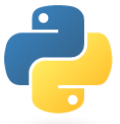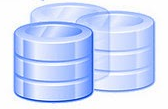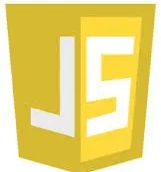In this repository you are going to find activities of holberton to learn diferent languag such as:
- Pytthon
- SQL
- JavaScript
| LANGUAGE | SECTION | INFO_CONTENT | 🏆 LEARNING OBJETIVES 🏆 |
|---|---|---|---|
PYTHON  |
Hello World |
|
|
| If-else-loop-function |
|
|
|
| Import modules |
|
|
|
| Data Structures: Lists, Tuples |
|
|
|
| More Data Structures: Set, Dictionary |
|
|
|
| Exceptions |
|
|
|
| Classes and Objects |
|
|
|
| Test-driven development |
|
|
|
| More Classes and Objects |
|
|
|
| Everything is object | |||
| Inheritance | |||
| Input/Output | |||
| Almost a circle | |||
| Object-relational mapping | |||
| Network #0 | |||
| Network #1 | |||
SQL  |
Introduction |
|
|
| More queries |
|
|
|
Javascript |
Warm up |
|
|
| Objects, Scopes and Closures |
|
|
|
| Web scraping |
|
|
|
| Web jQuery |
|
|
